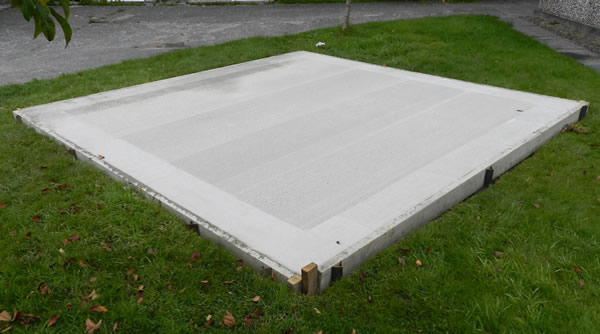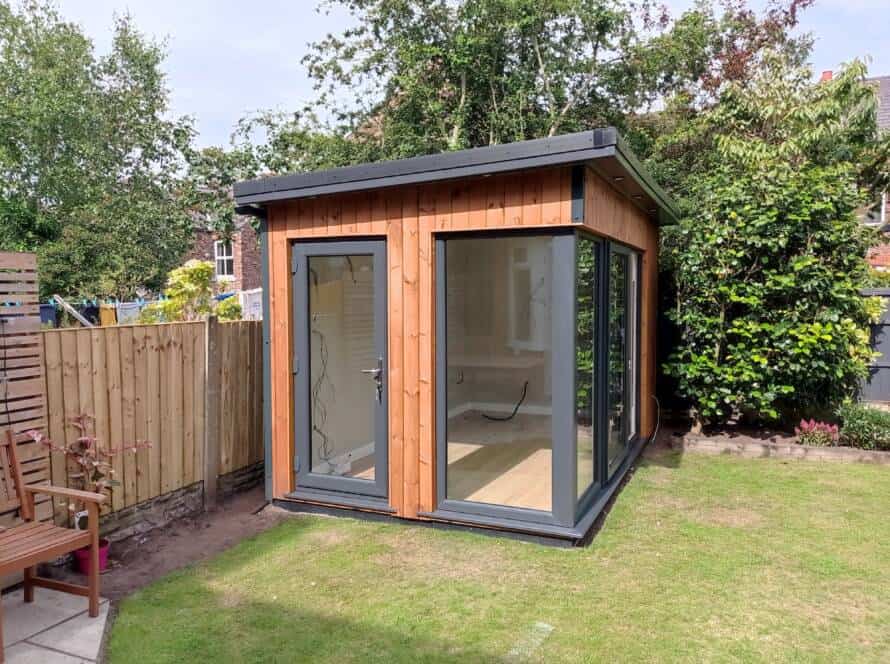Timber cladding has become a popular choice for construction projects due to its natural beauty, versatility, and obvious environmental benefits.
There are various types of timber cladding available, each with its own unique characteristics and advantages. In this article, we will explore different types of timber cladding and their individual benefits in construction.
- Cedar Cladding:
Cedar is a popular choice for timber cladding due to its natural resistance to decay and insects. It is also lightweight, making it easy to work with and install. Cedar cladding has a beautiful, natural grain that can add warmth and character to any building. It is also known for its durability and low maintenance requirements, making it a cost-effective option for long-term use. - Oak Cladding:
Oak is a durable and strong material that is well-suited for timber cladding. It has a rich, dark color that can add a touch of elegance and sophistication to any building. Oak cladding is also resistant to rot and decay, making it a long-lasting and low-maintenance option. While oak cladding can be more expensive than other types of timber, it is a worthwhile investment for its beauty and durability. - Pine Cladding:
Pine is a popular choice for timber cladding due to its affordability and availability. It has a light color and straight grain that can give a building a clean and modern look. Pine cladding is also easy to work with and can be painted or stained to achieve a desired finish. While pine is not as durable as cedar or oak, it can still provide good protection against the elements when properly treated and maintained. - Redwood Cladding:
Redwood is a premium choice for timber cladding due to its natural beauty and resistance to decay. It has a rich, red color and a straight grain that can add a touch of luxury to any building. Redwood cladding is also easy to work with and can be installed quickly and efficiently. While redwood is more expensive than other types of timber, its durability and low maintenance requirements make it a wise investment for long-term use. - Douglas Fir Cladding:
Douglas fir is a strong and durable timber that is well-suited for cladding applications. It has a light color and straight grain that can give a building a clean and modern look. Douglas fir cladding is also resistant to decay and insects, making it a great choice for outdoor use. While Douglas fir is more expensive than pine, it offers superior durability and longevity, making it a cost-effective option in the long run. - Larch Cladding:
Larch is a hard and durable timber that is well-suited for cladding applications. It has a light color and a distinctive grain that can add character to any building. Larch cladding is also resistant to decay and insects, making it a low-maintenance option for outdoor use. While larch is more expensive than pine, it offers superior durability and longevity, making it a worthwhile investment for its beauty and longevity.
In conclusion, timber cladding offers a wide range of options for construction projects, each with its own unique benefits. Whether you choose cedar, oak, pine, redwood, Douglas fir, or larch cladding, you can rest assured that you are making a wise investment in both the aesthetics and longevity of your building. With proper maintenance and care, timber cladding can provide years of beauty and protection for your structure.



